Building a garden in the backyard
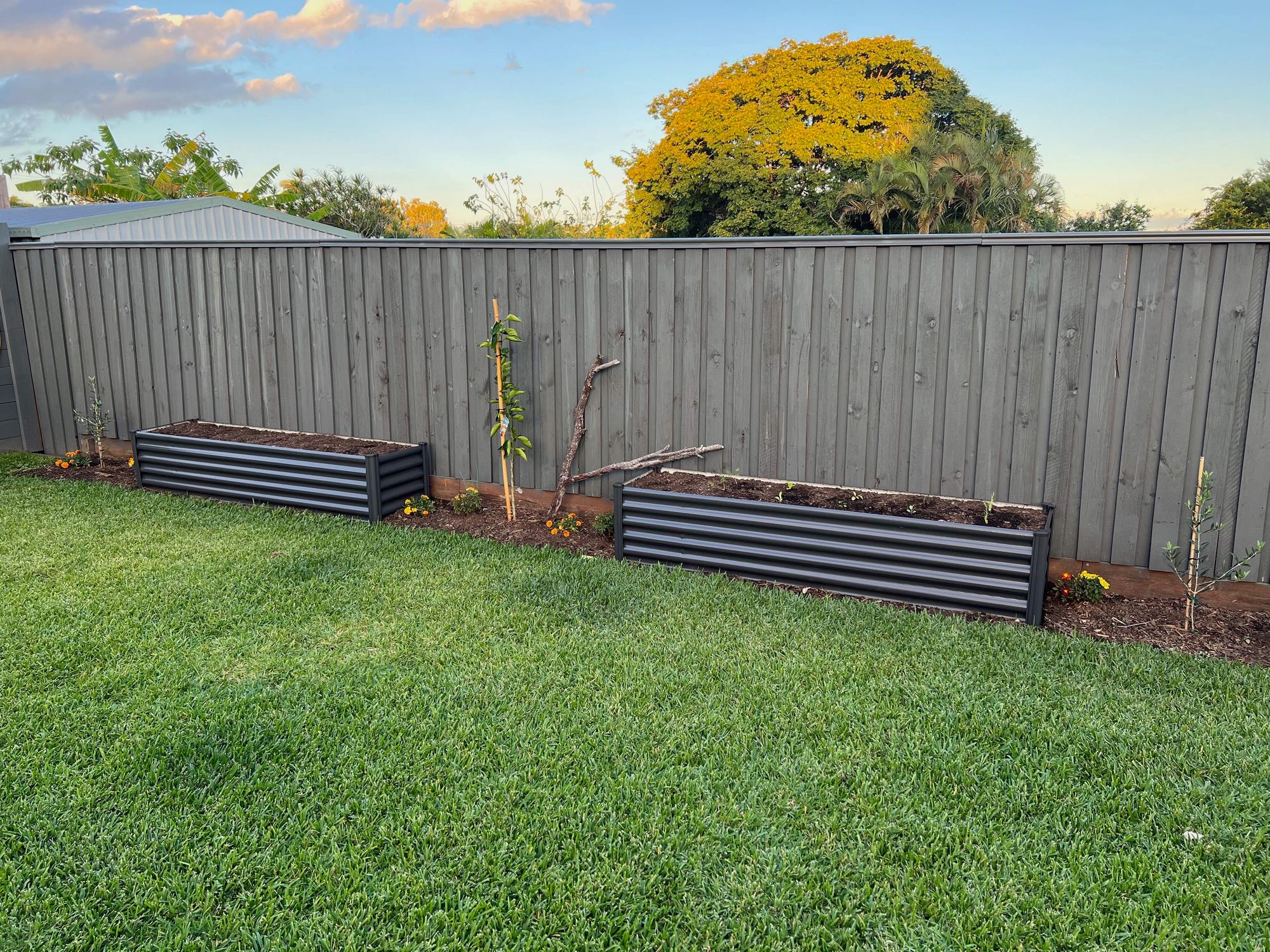
I started building a garden in the backyard.
It’s a small space but it took almost a year to get going.
A year!
Mostly because of laziness and other things going on.
A little dream I have is to one day eat a full feast that consists 100% of food I’ve either grown or raised.
I turn 30 this year and it’d be nice to do that by 40.
Small steps Daniel, small steps.
Clearing the trees
My brother Will and I moved into the house we live in just over a year ago.
The backyard is apparently on its third iteration of design.
It looked nice.
And while the bushes offered some privacy, they weren’t winners in my books.
So my other younger brother Sam and I cut them down.
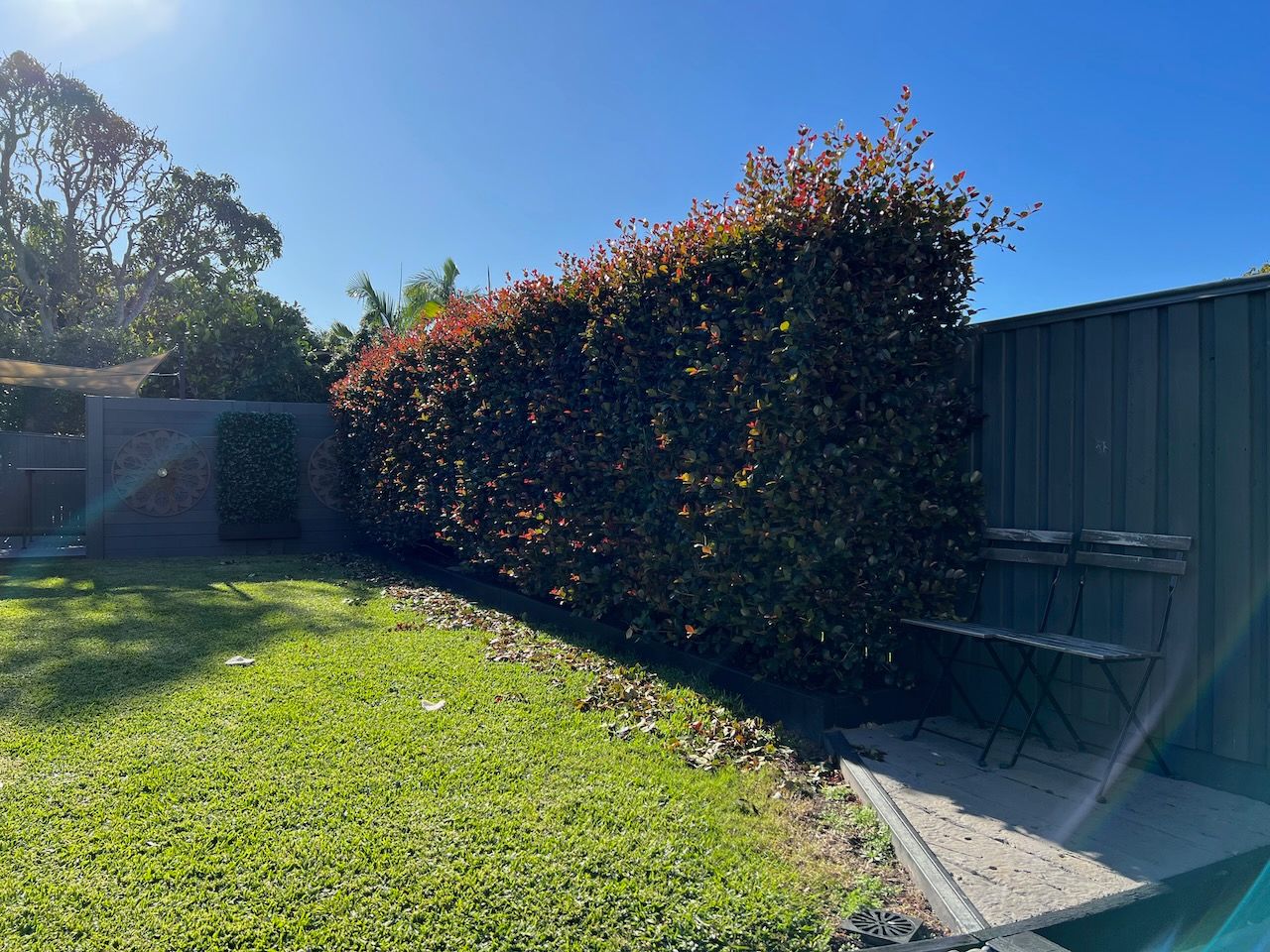
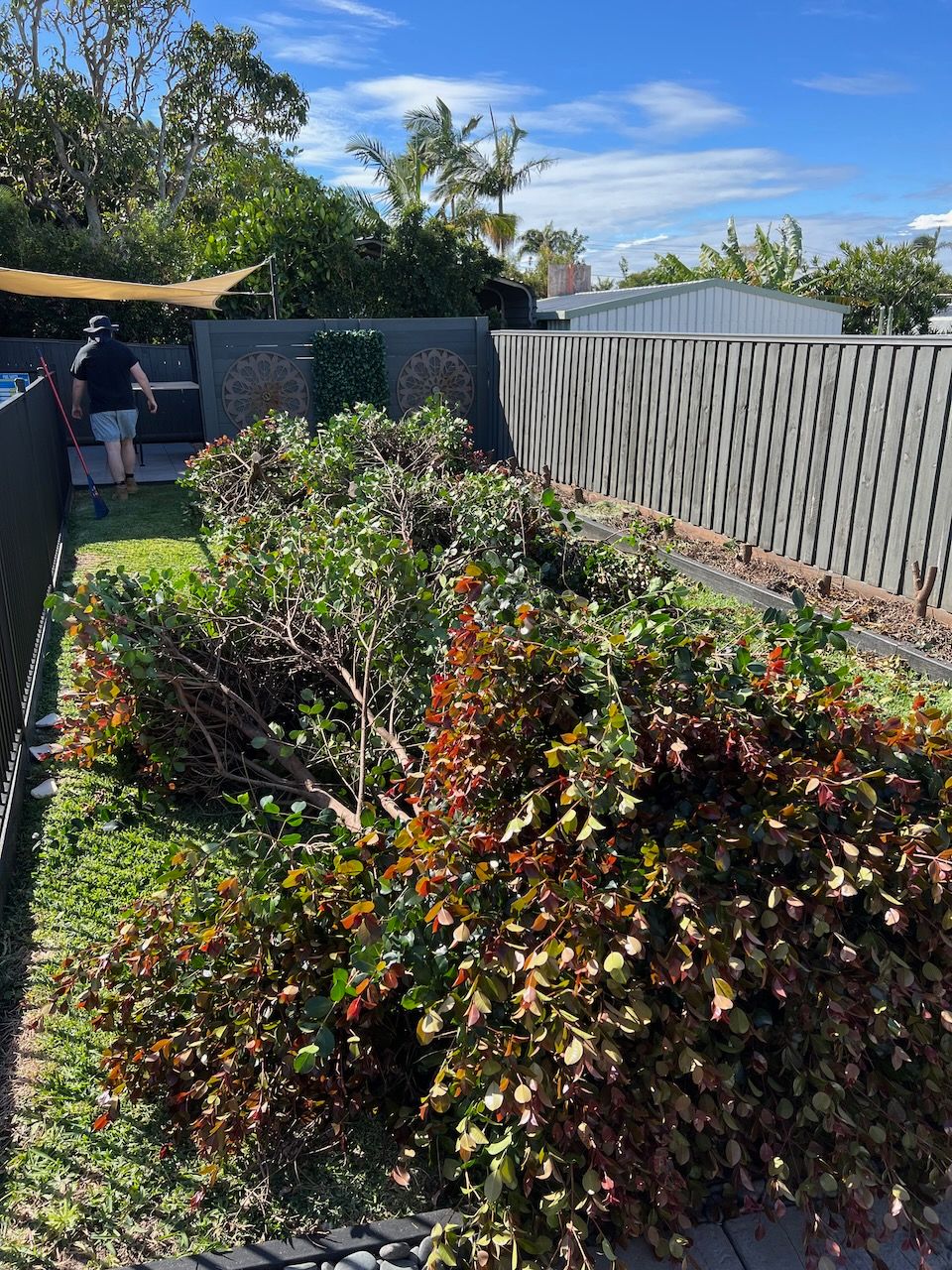
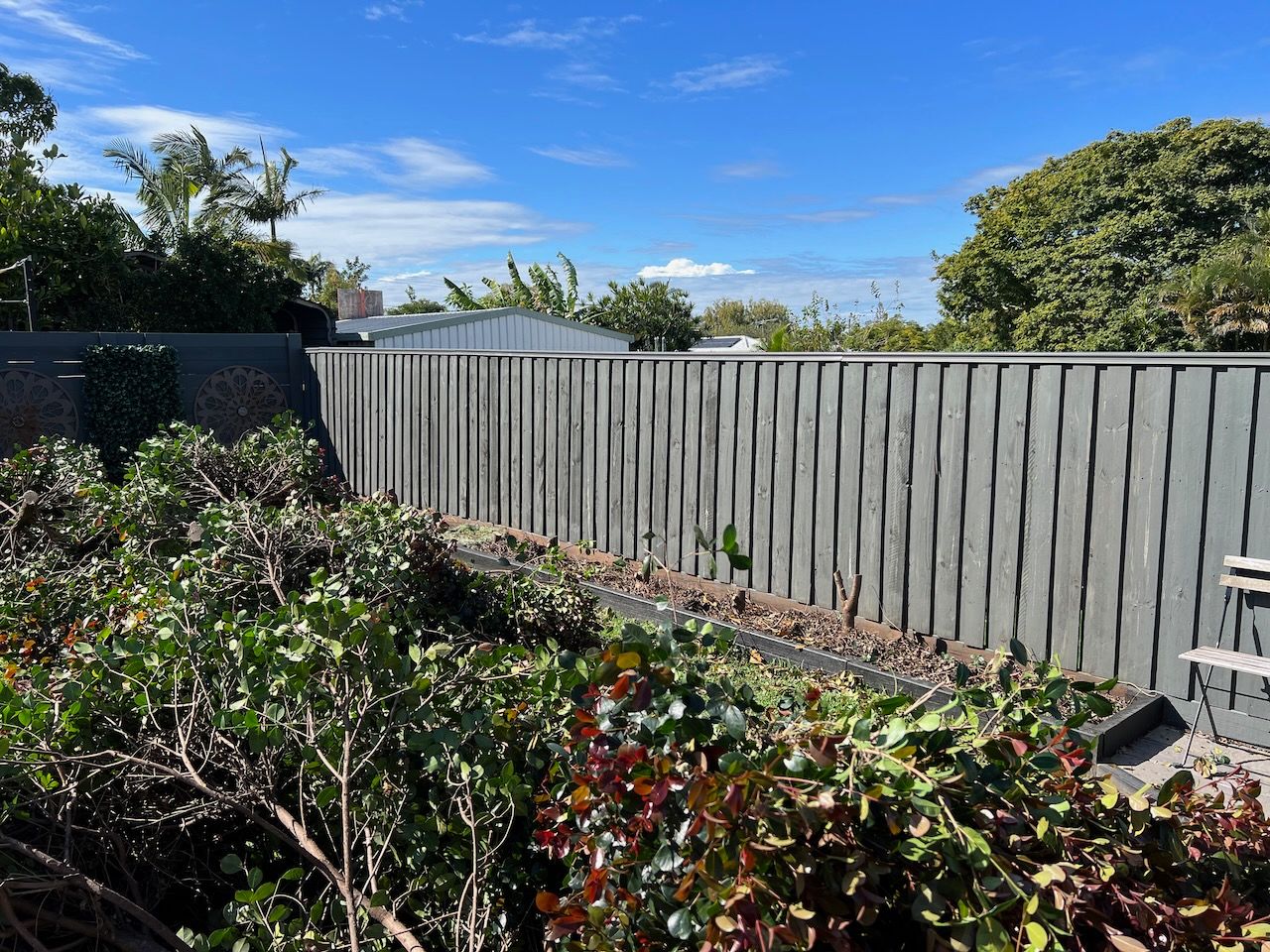
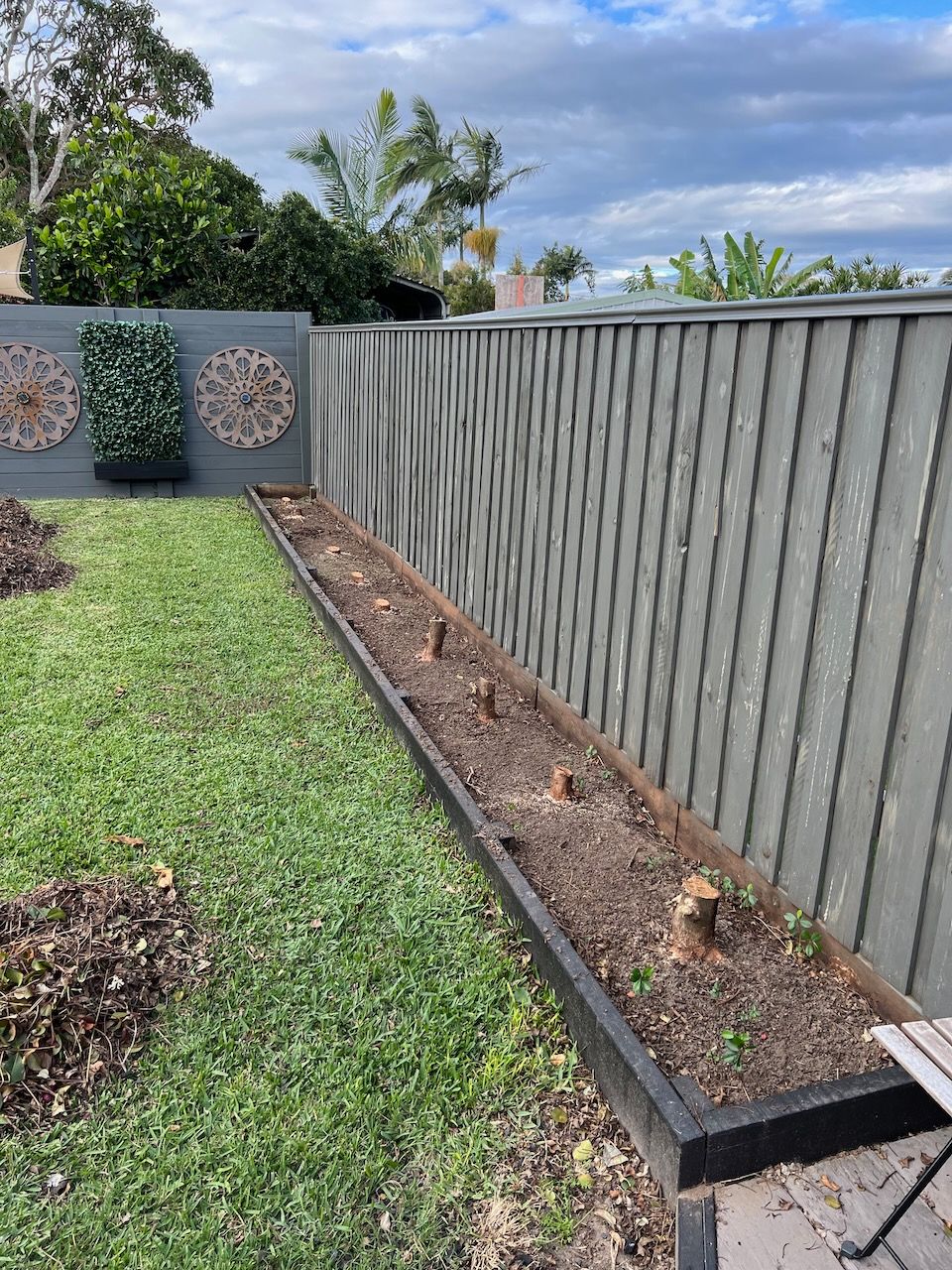
In hindsight, we could’ve turned them into mulch for the future garden.
But we didn’t and took them to the green dump instead.
It surprised me how deep some of these roots went.
I hacked at one a day (less if I got bored of it) for a week or so.
Weeds grew in the bush-less plot until they grew large enough for me to be sick of them and subsequently rip them out in a borderline rush.
Removing the edge
The wooden edging around the plot was another thing that looked nice.
But whenever I got close to the plot I’d have a tendency to want to bend down and be on my knees or close to the ground.
So the edge had to go too.
Digging the supporting posts out I discovered whoever put them in the ground wanted to make sure they’d survive the next dinosaur comet.
Two hours digging with a pick axe and I uncovered just how deep a single post went.
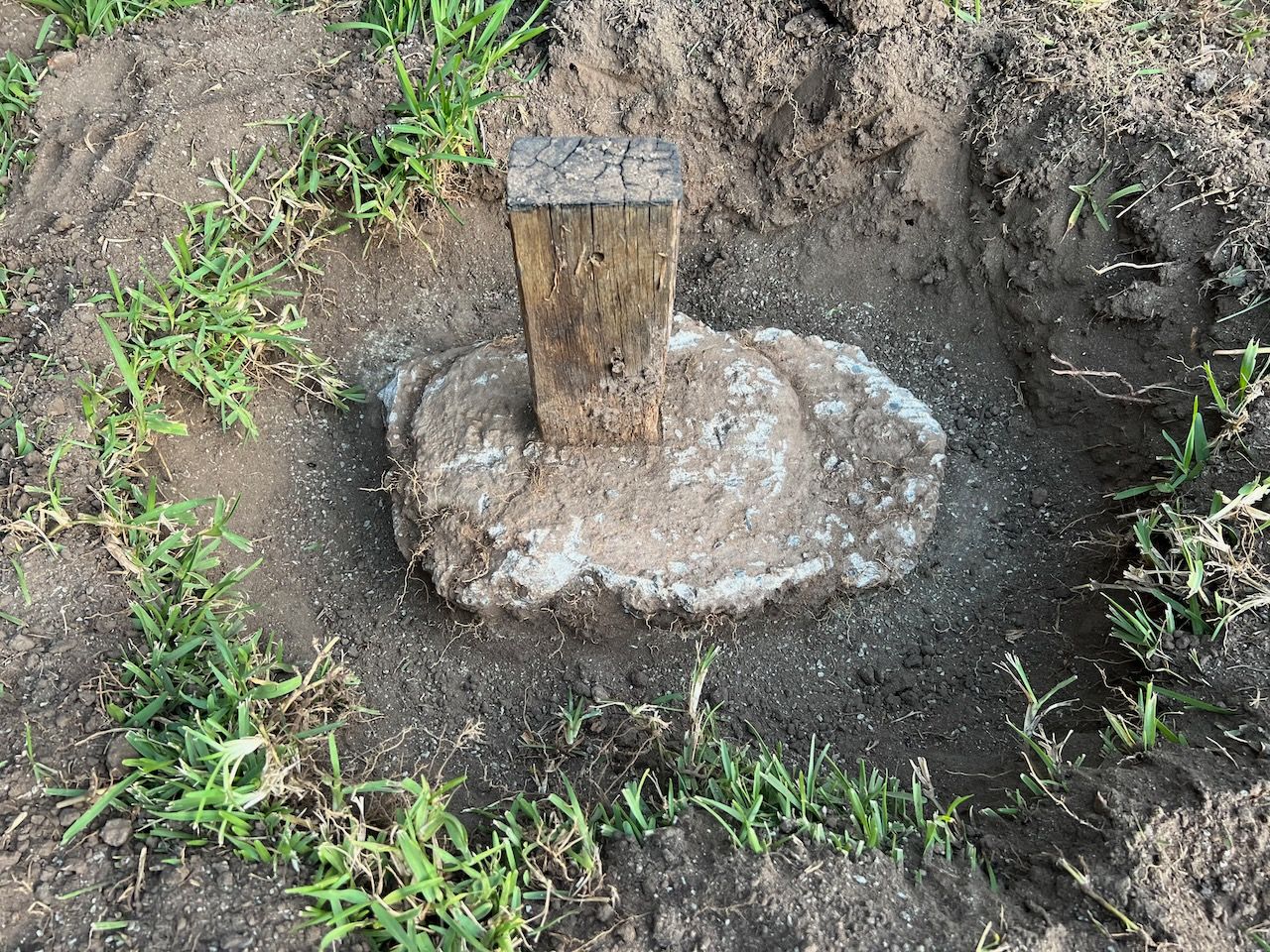

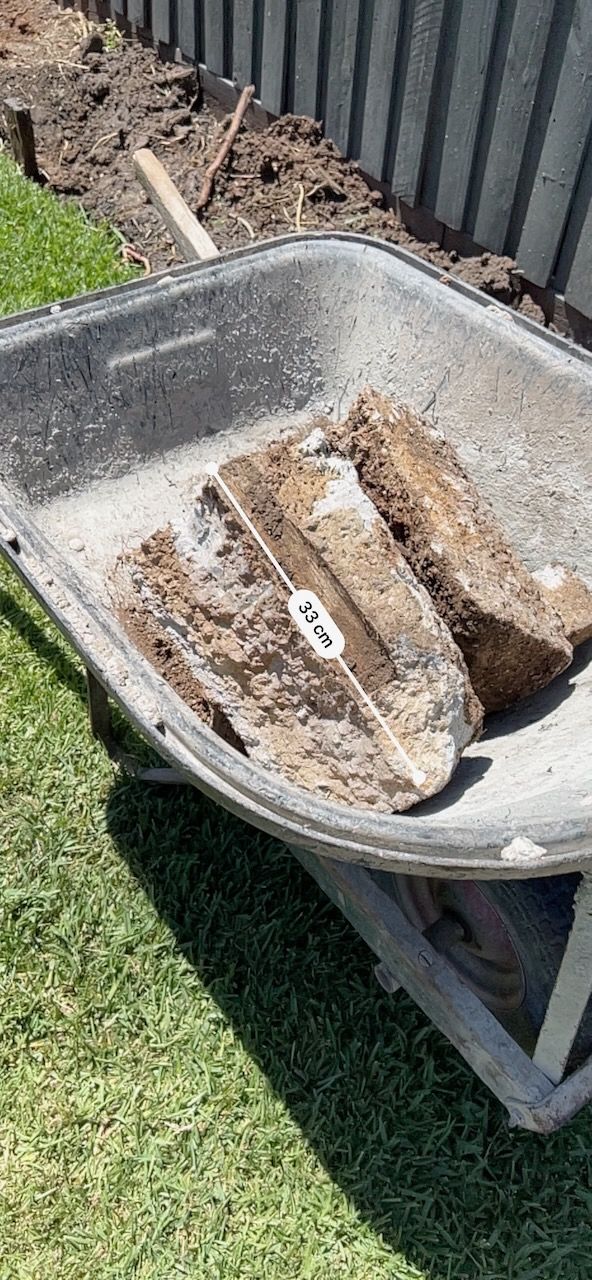
And there were eight of these things!
This is not for me I thought.
I posted a job on Airtasker (an app where you can hire people for almost anything) and Clinton replied within a few minutes.
$400 I said, $50 per post.
I’ll do it for $375 he said.
Deal.
Two days later Clinton arrived with a jackhammer.
He got to the house just as my brother and I were suited up in gloves and bike helmets armed with a leaf blower about to take out a wasps nest down the side of the house.
I couldn’t bring myself to spray them with poison so I thought pressurised air was the next best option.
Watch out for the wasps I said to Clinton.
He said they should be fine if we don’t disturb them, but it looks like you might have other ideas.
Well… yes… let’s come at this from another angle I said to my brother.
Clinton walked past the nest with the calmness of a man who didn’t know how deep the gang of concrete posts in the backyard went.
Like the Titanic on its first voyage.
See you later!
Enjoy!
Farewell!
Only to find out icebergs are much bigger underwater than above.
I had to give him a tip.
I heard the jackhammer going for hours.
One post at a time.
First dig the back half out, then crack it in half, then extract each half and wheel them out the front.
He must’ve moved half a tonne of concrete.
I could’ve buried these things.
No one would’ve known.
Except me…
Thank you I said, shook his hand and slipped him another $50.
He said thank you and carted the mess off.
We gave each other good reviews.
Worm farm vs compost bin
The soil in the plot wasn’t ideal.
I’d been on a local farm, Loop Growers, one day a week for the last year or so and the soil there is magic.
And I’d read you can enrich the soil with new good soil or overtime with compost or worm droppings.
What you’re trying to do is create more organic life in the soil.
Essentially, if you want to grow organic life, you need organic life.
I picked up a few bags of soil from Bunnings.
The labelling of soil packaging is as confusing as food labels.
All I wanted was simple soil with nothing else in it.
Is that so hard?
Every brand had their own proprietary fertiliser mix which promised sustained growth for 12 months.
Sustained growth for 12 months ey?
What do you suppose I do then?
Buy more of your fertiliser?
No thank you sir I am trying to become self-sufficient here.
I found one brand, Brunnings, which seemed the lesser of all the evils.
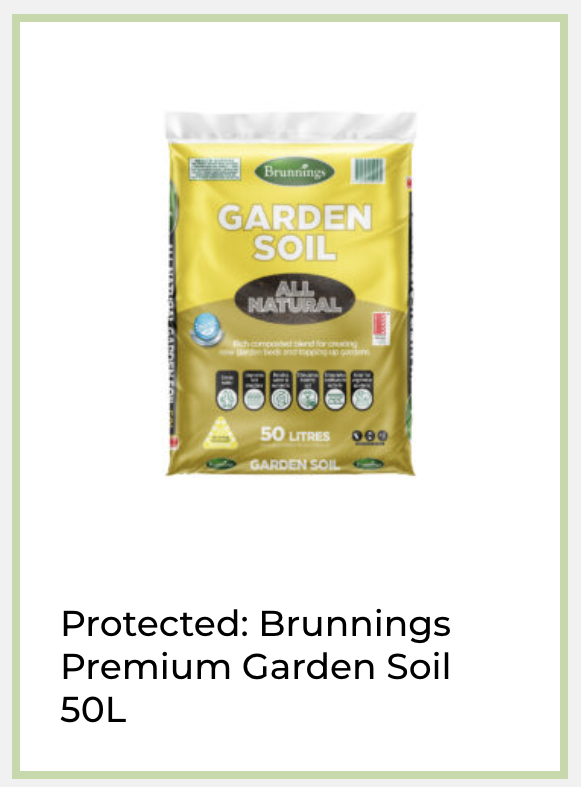
It had the least amount of BS on the packaging.
Note: I realise I could’ve just got a truck load of soil from a local nursery or even from the farm I’d been on. But I don’t have a truck. Nor did I know how much I needed. So I preferred to guess and check by hauling 15-25kg bags down the Bunnings stairs and into my backyard.
The soil went in and I figured if I wanted to keep enriching it on my own, a worm farm or compost bin were ideal.
I’ve had small disposable compost bins sitting outside for a while.
But they weren’t going to cut it.
I was hitting the big time here with my small plot.
After some research, I figured the main differences between a compost bin and a worm farm were:
- Size
- Worms
Sure, a compost bin will eventually contain worms, once they find out you’re harbouring a source of food for them.
But (this may come as a shock) a worm farm is based on worms.
And a compost bin is generally a lot bigger than a worm farm.
I don’t know if I’ve mentioned it but my plot is small.
So I setup a worm farm around the side of the house.
The box said start it off with 1000 worms.
And after a week or so of settling in they can chew through 5-6kg (this number varies depending on the size of your worm farm) of organic matter a week!
Setting up the warm farm was easy.
An Australian brand called Tumbleweed (shoutout) has a whole range of worm farm options.
I bought the worm cafe… and the worm mat… and the worm farm conditioner… and the 1000 worm starter pack (not included with the worm farm).
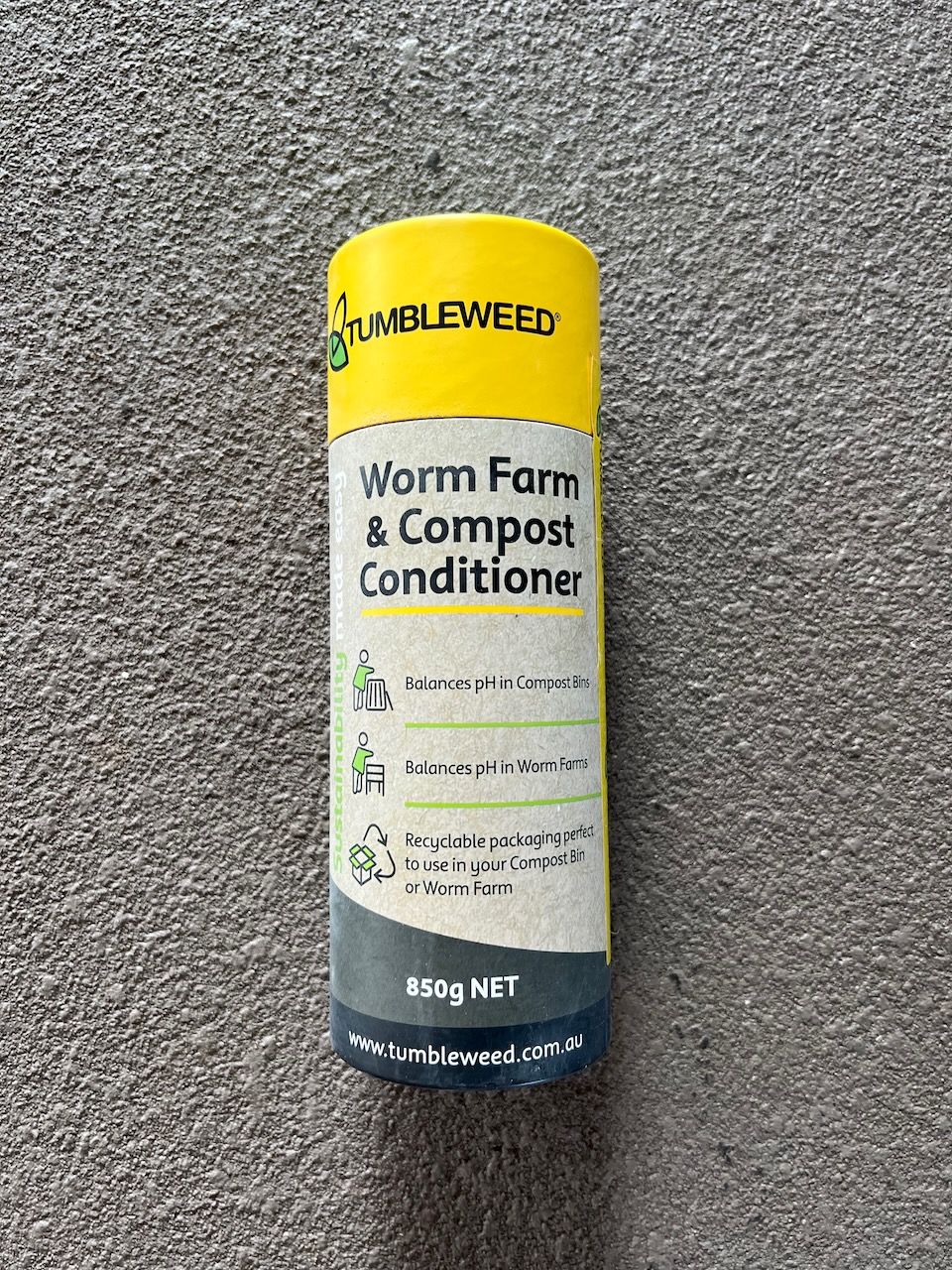
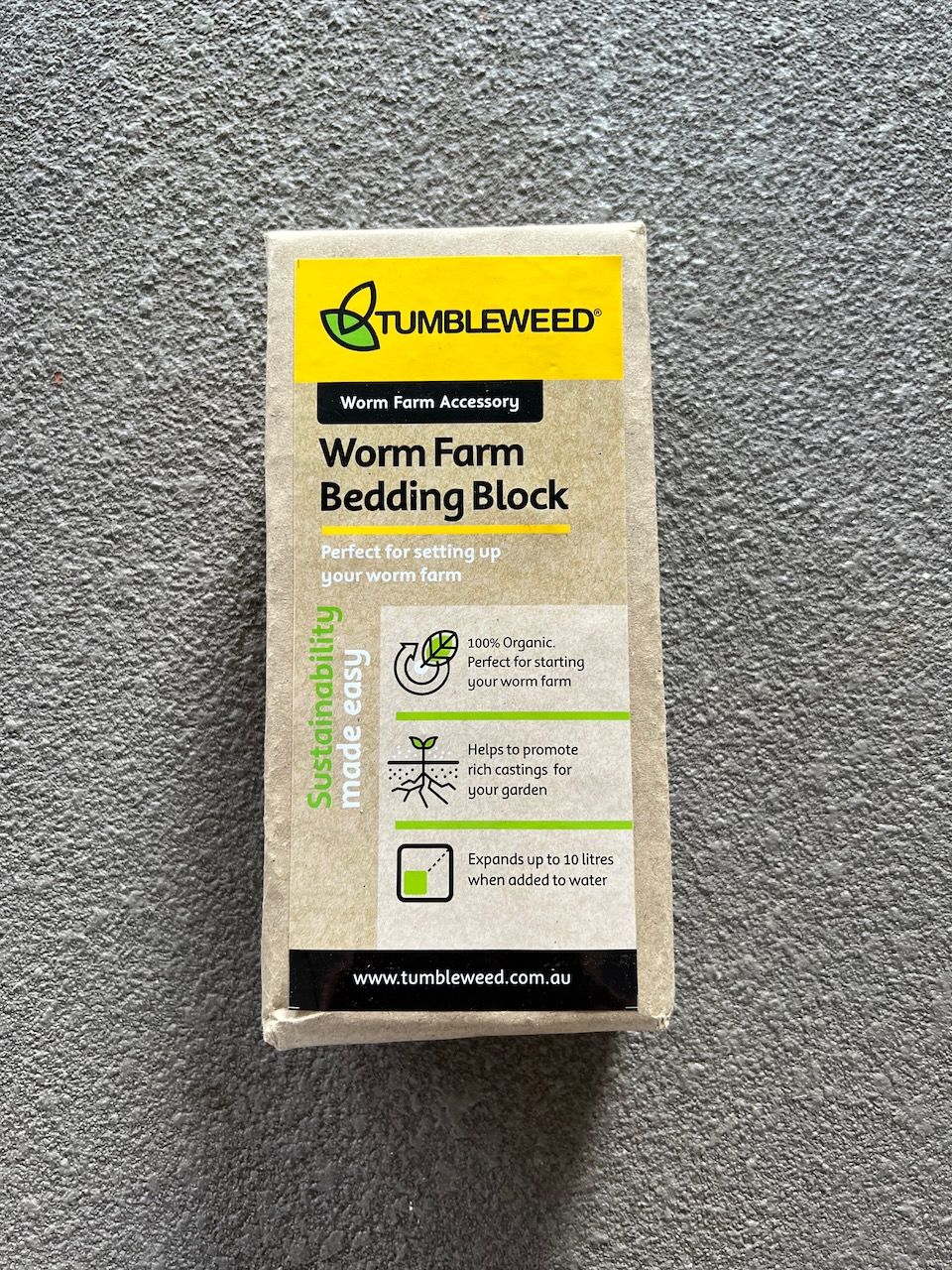
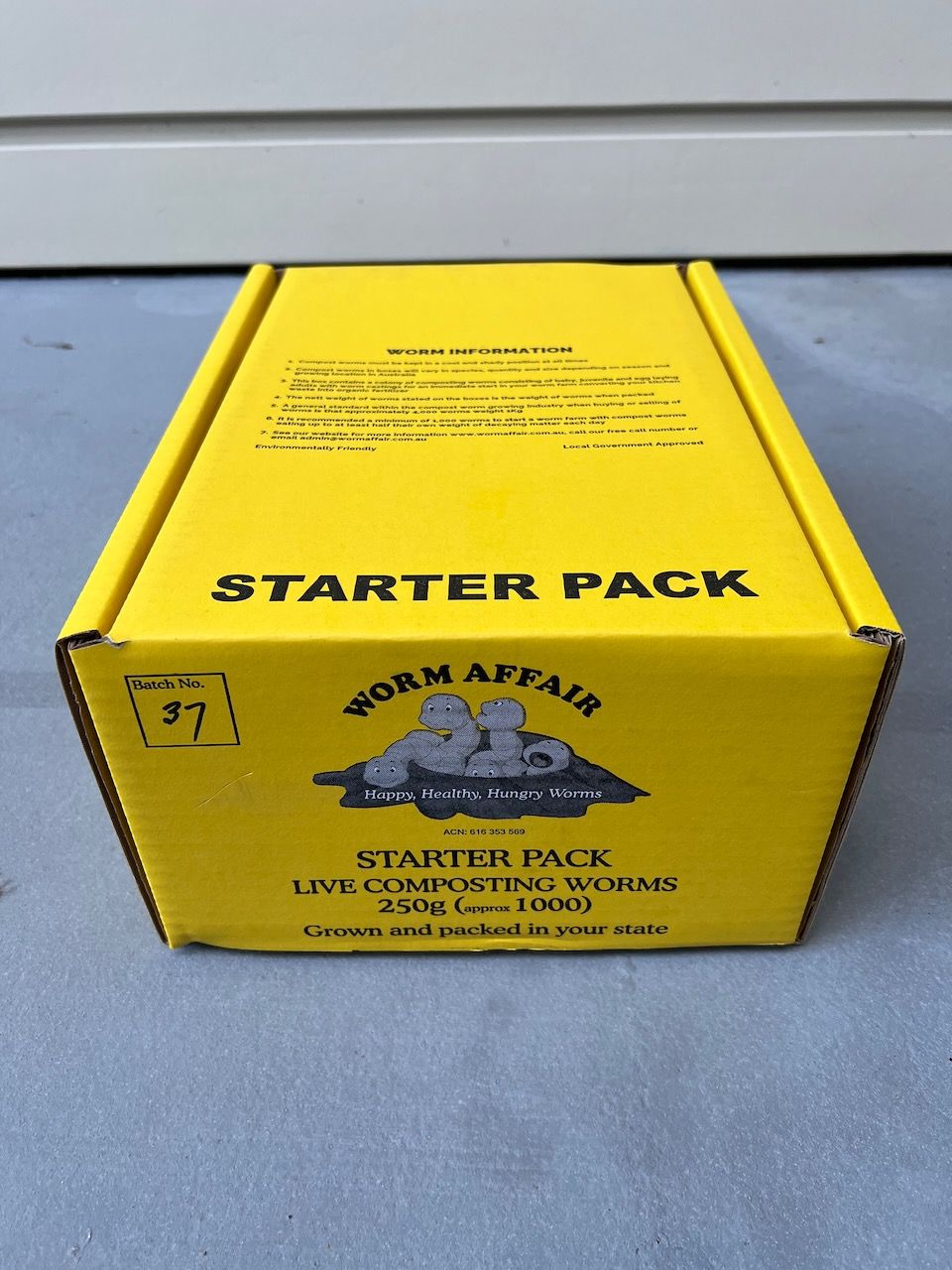
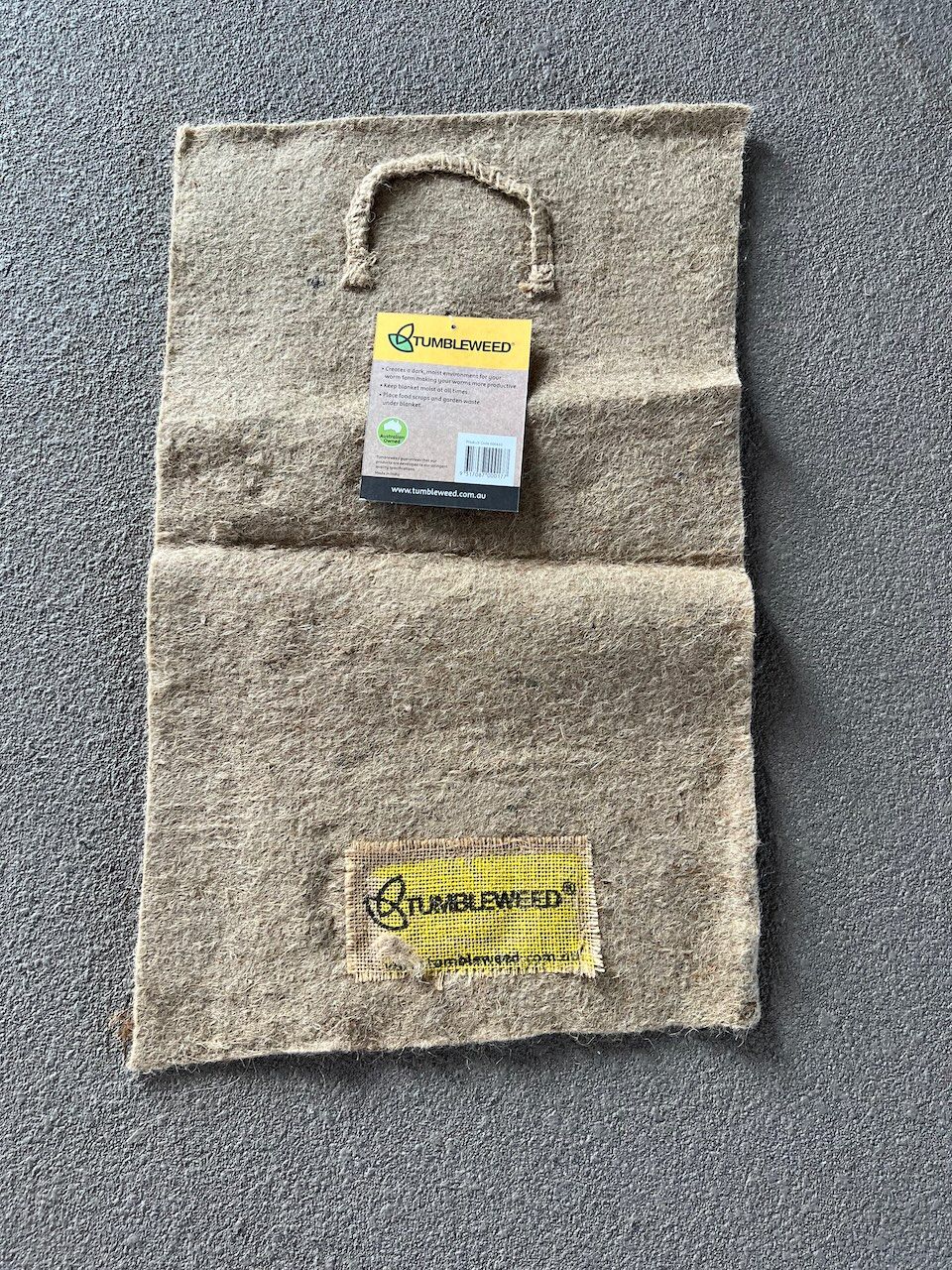
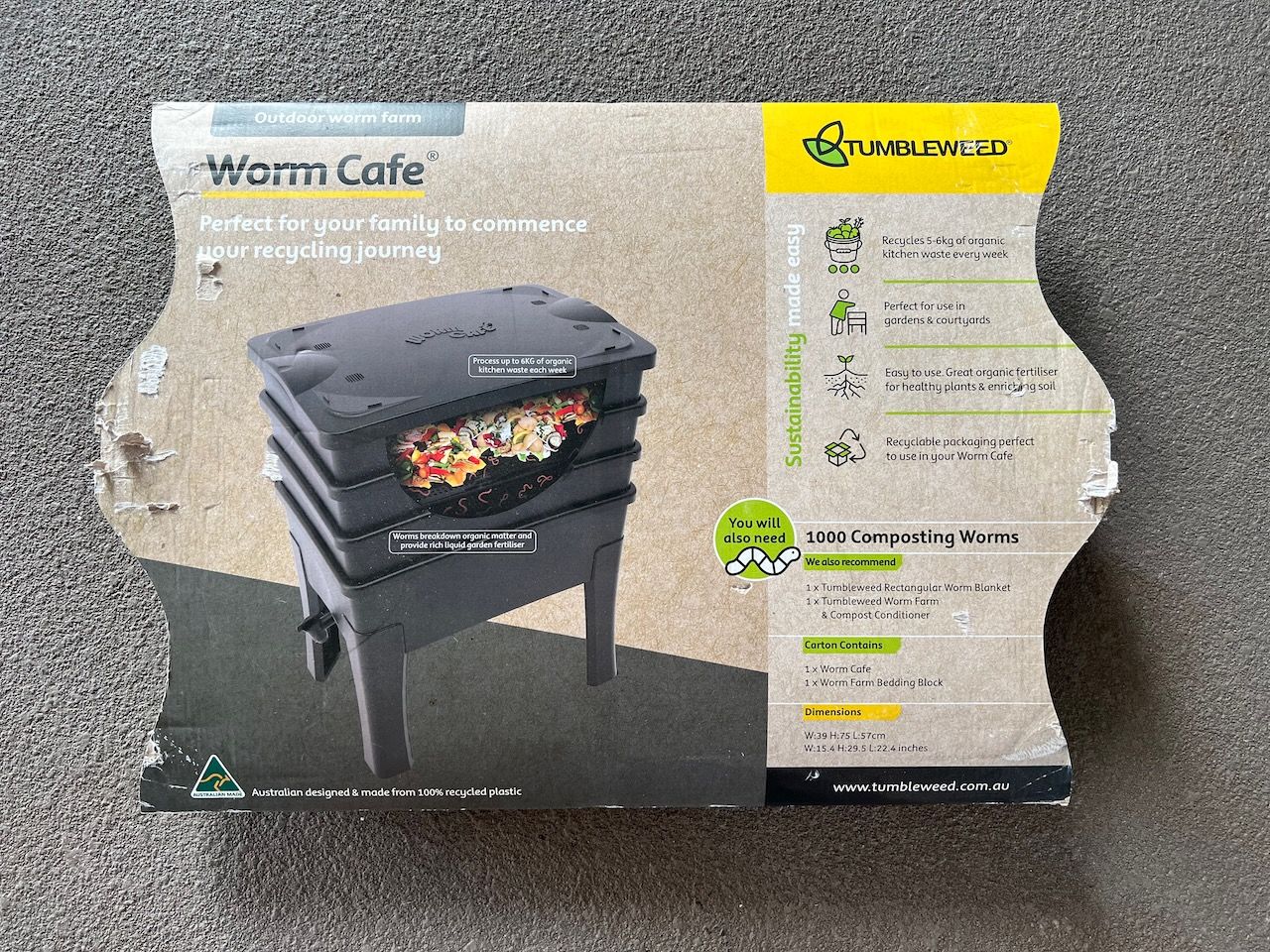
They make it easy but they’re no strangers to the upsell.
You put the worm farm together and then you put the brick of stuff that comes with it into water for 10 minutes and mix it around and then you put that stuff into the worm farm and then put the worms on top and then put the worm mat on top of the worms (they like the dark) and then wet the mat a bit (I used a tea pot worth of water) and then put the worm farm in a shady cool spot so they can start exploring their new home.
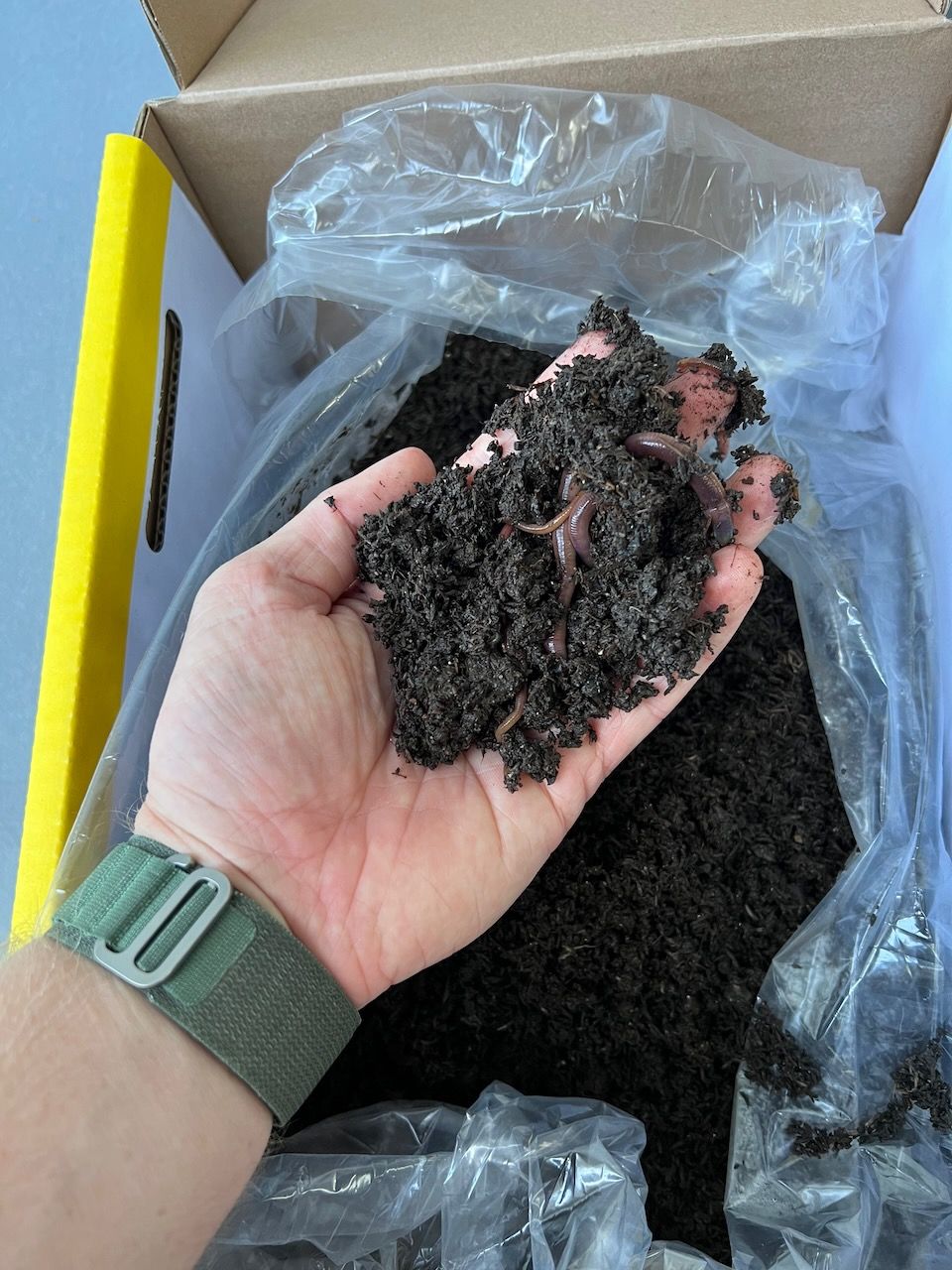
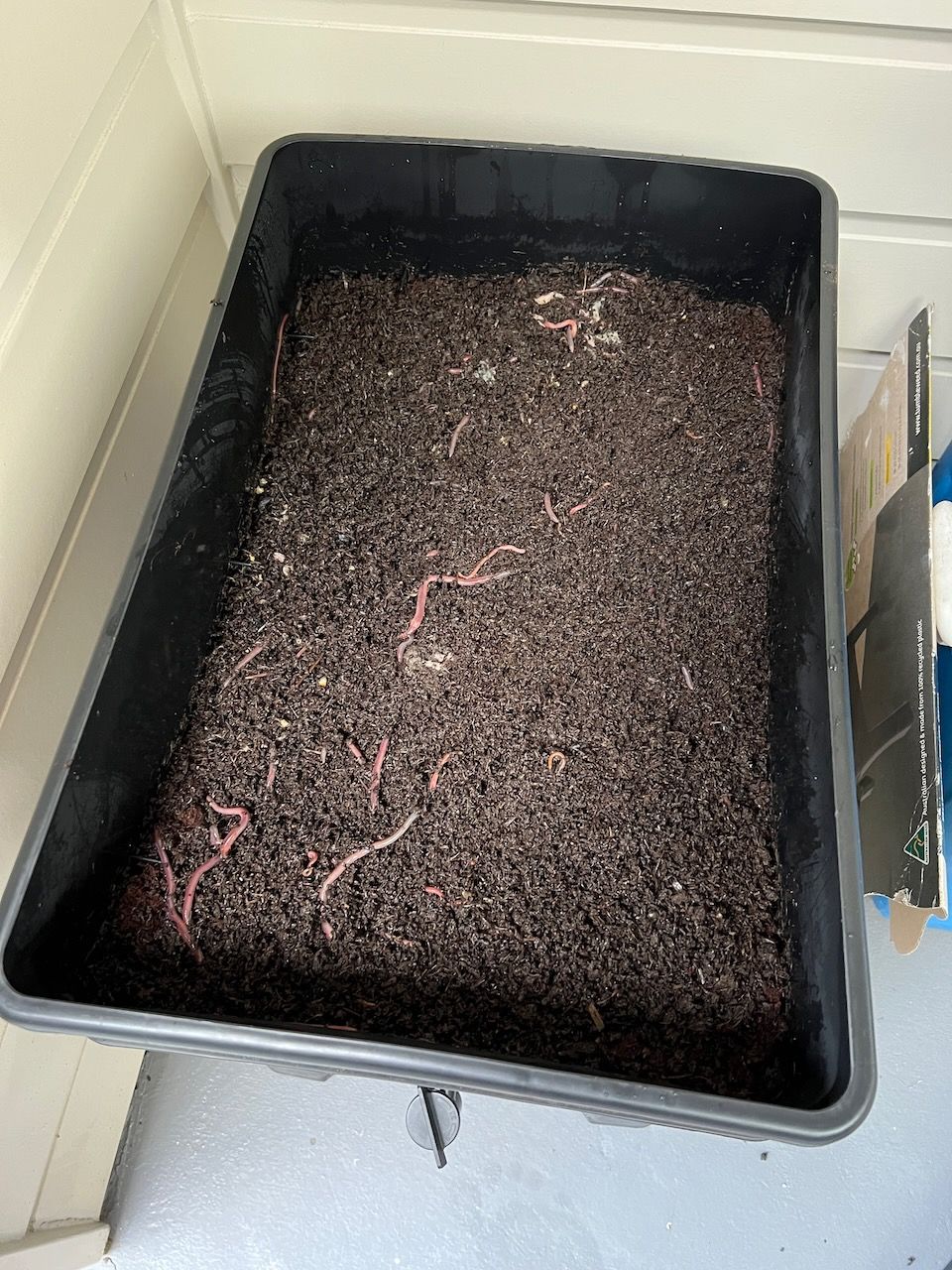
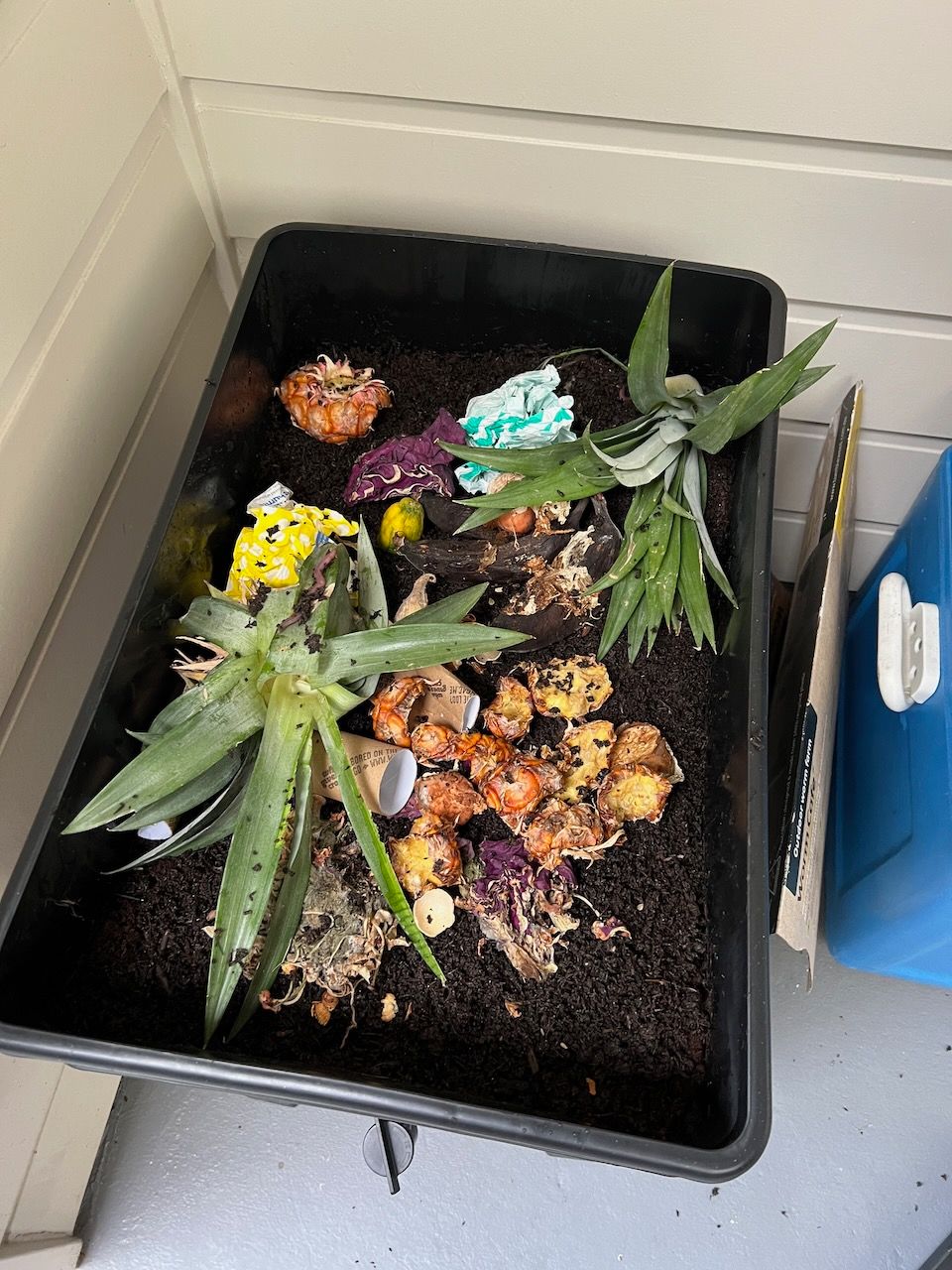
A week later the worms seemed to settle in so I put a bunch of food on top.
I’m still exploring here but the box said worms will eat almost any organic matter such as egg shells, vegetable scraps, fruit scraps, cardboard but avoid things such as meat and cheese.
The worms completely ignore the social advice of not to shit where you eat but the shit is what you want.
Worm clippings!
The worm clippings build up in the bottom portion of the worm cafe and you can put these on your garden for explosive growth.
I’m yet to try this but it feels good not having to dump every scrap from my kitchen into waste, I can use it to feed to worms instead.
The worms also produce worm tea which is what the small nozzle on the bottom of the worm cafe is for.
It’s what’s left when the water you pour over the worm mat drains through the worm farm.
You can pour this on the garden too.
Liquid gold!
Planter boxes
I could’ve planted things in the ground but I figured I didn’t want water to run off the painted fence and into the ground and possibly into the food.
Call me a hippie but I’d heard stories of treated wood leaking chemicals and those chemicals potentially being absorbed by the food.
But Daniel, isn’t everything a chemical?
Yes yes yes.
But since I didn’t make the fence I don’t know what kind of paint was used nor what kind of wood was used.
One can guess…
Alas, I chose to go with above-ground boxes for the vegetables and herbs but the fruit trees could grow in the ground (since the fruit grows above the soil rather than being directly exposed to it).
Two boxes, three trees.
Each box is 2000mm long, 500mm wide and 410mm high, both from Bunnings (Bunnings sells everything) by a brand called The Organic Garden Co.
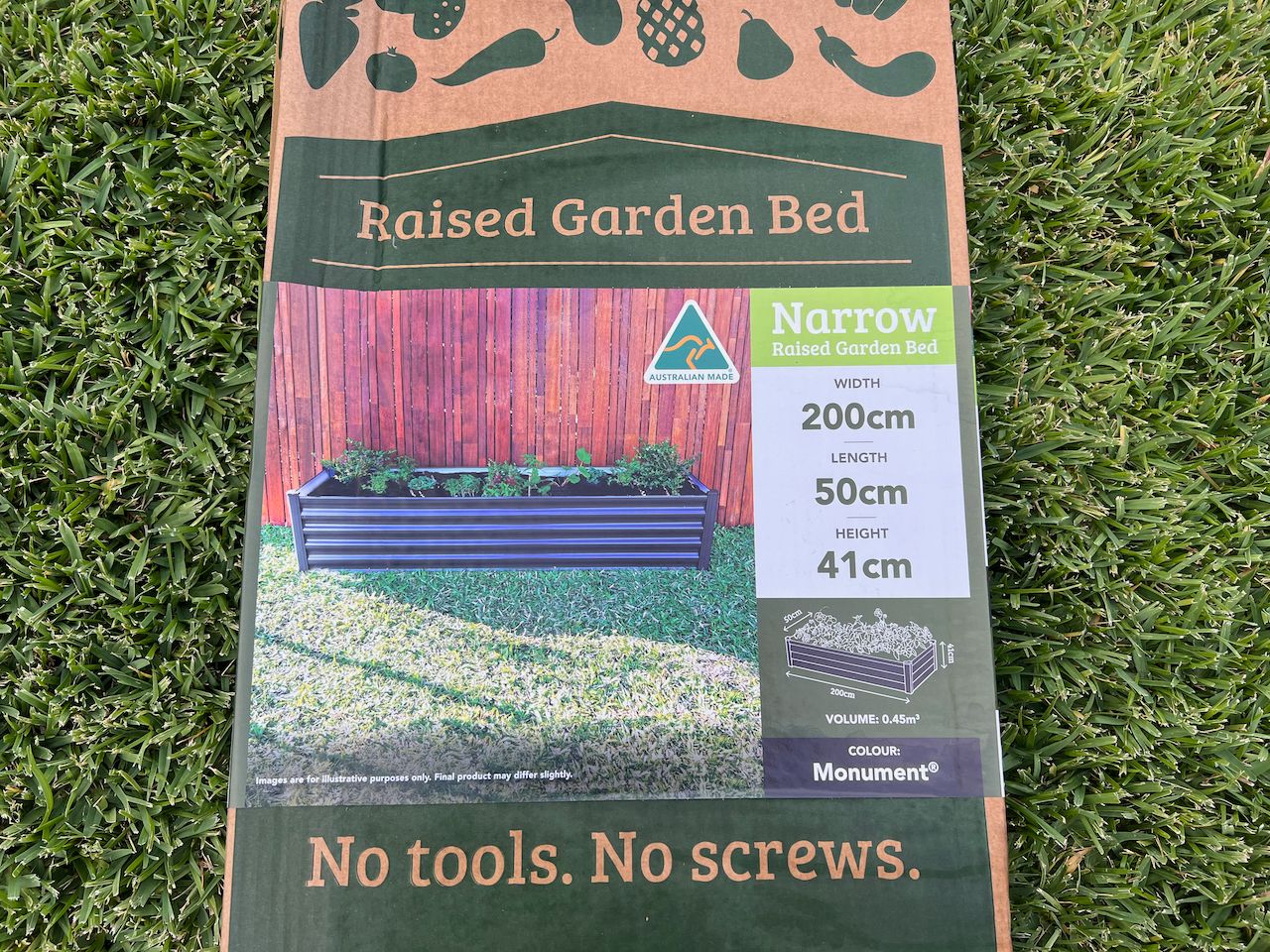
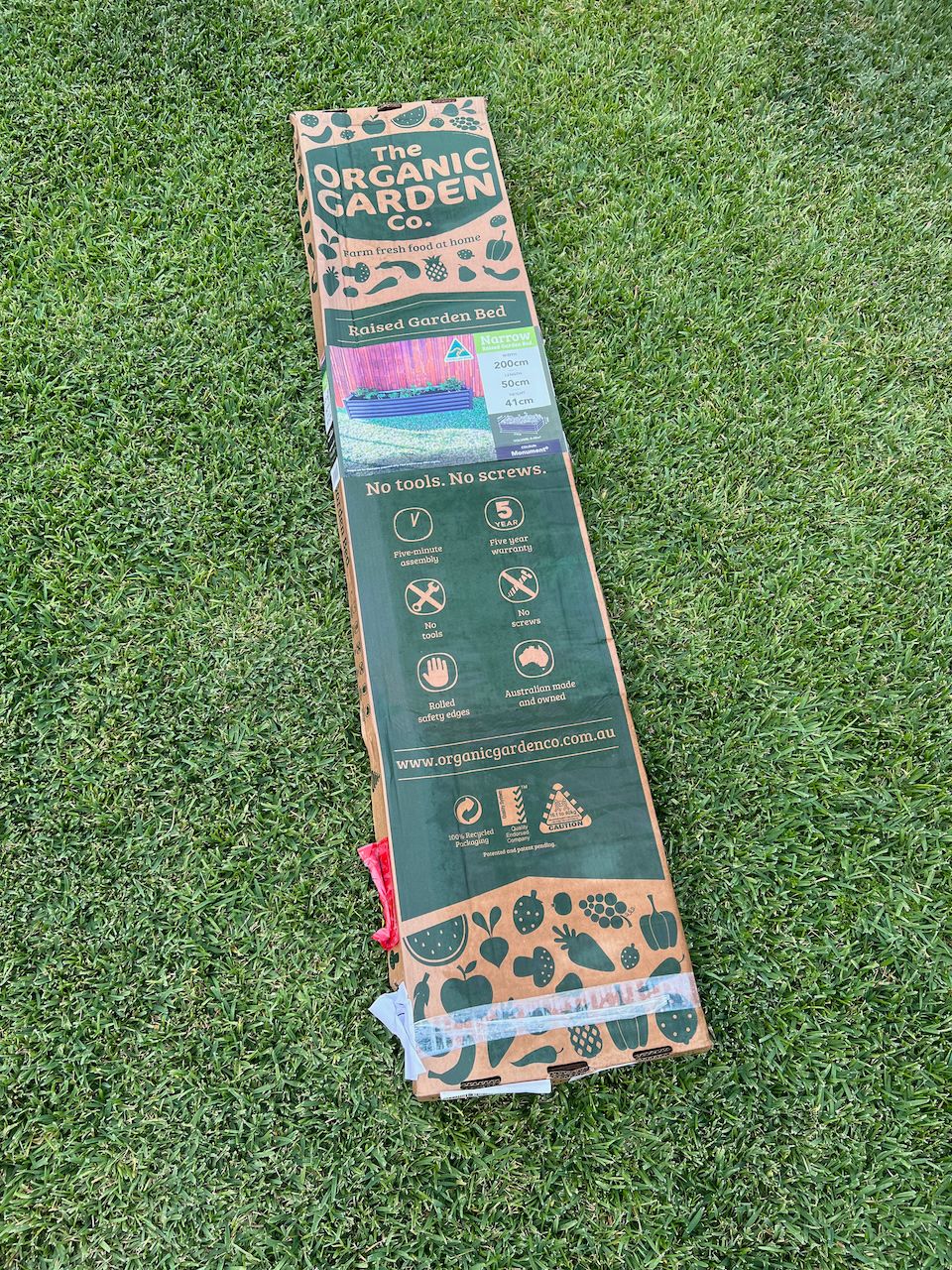
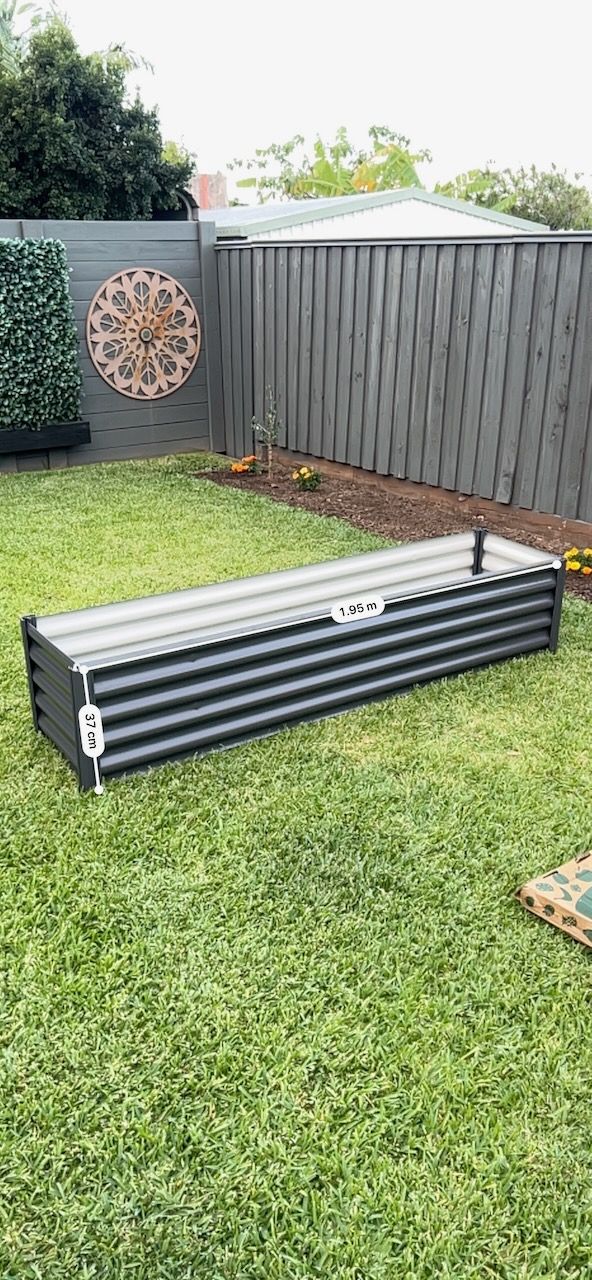
Not a huge amount of space but enough to dip my toe into the world of growing your own food.
I filled the boxes with the cardboard boxes they came in (minus the tape and staples), sticks and branches collected from a local park, leaves, grass trimmings and more.
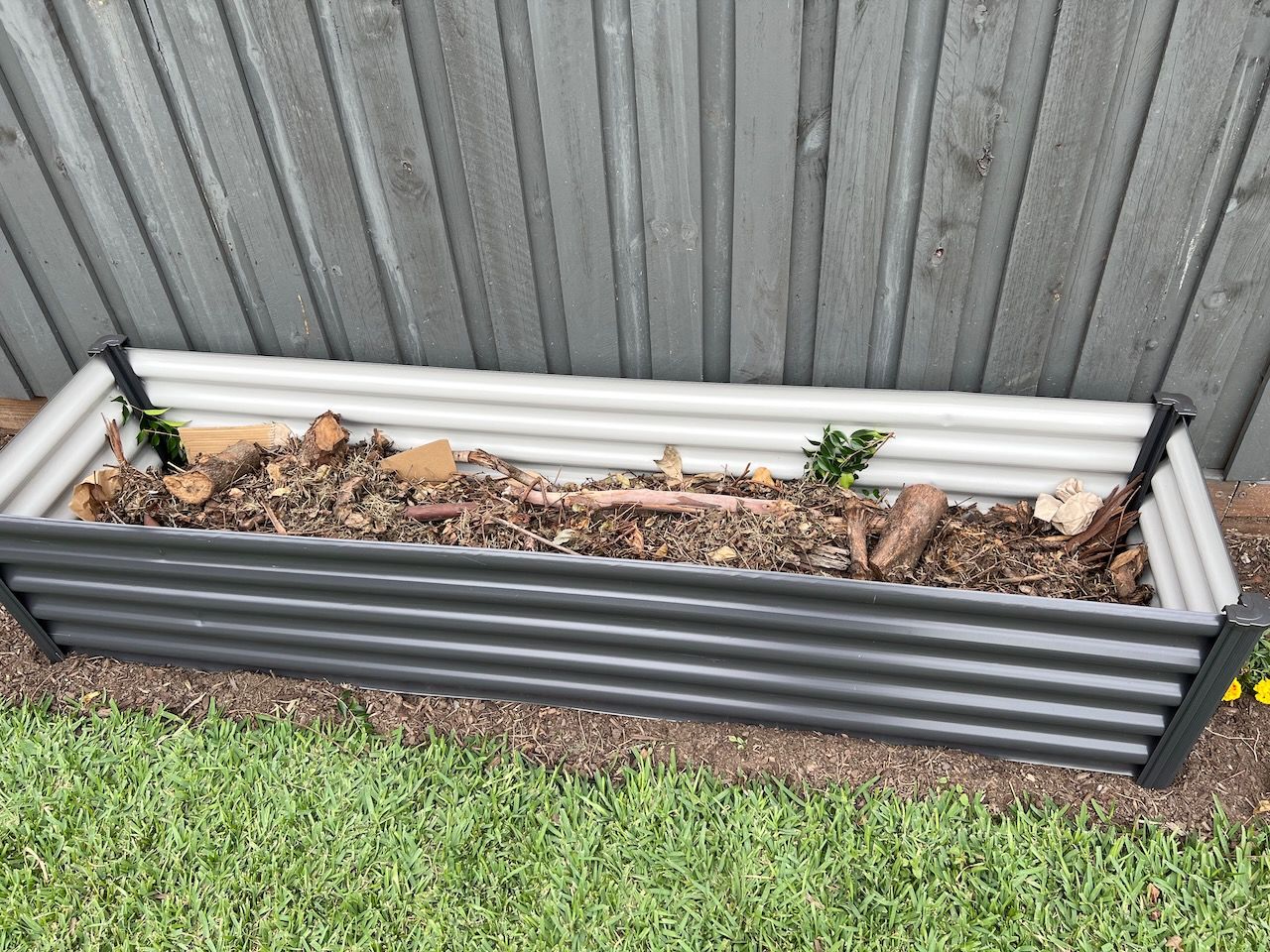
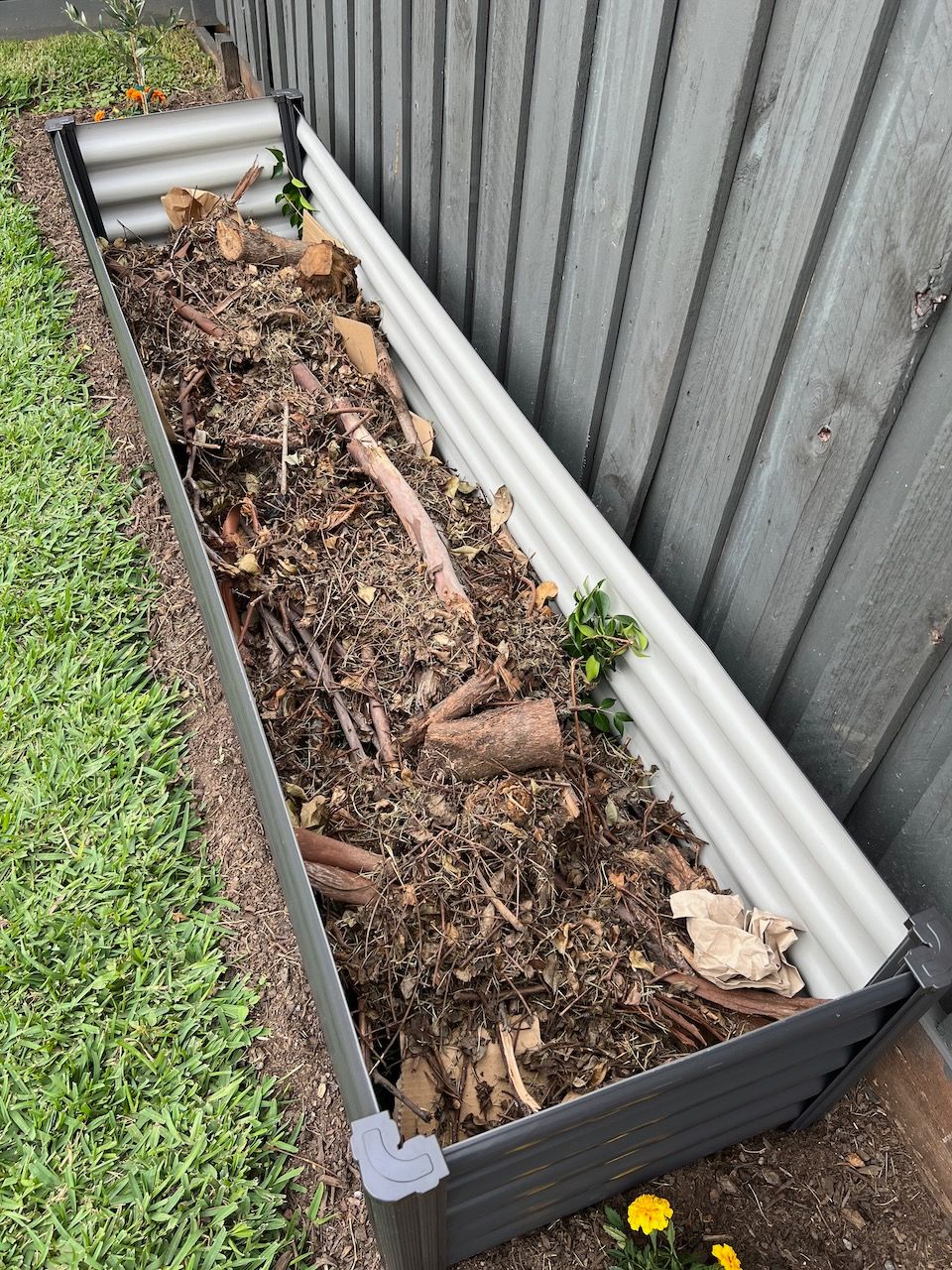
The idea here is to mimic what would happen on the forest floor.
And because filling the boxes with soil from the bottom up would be quite an endeavour.
Instead, only the top 20-30cm or so is filled with soil.
A pleasant discovery I made whilst filling the boxes (and later actually planting things in them) is I get about as much satisfaction out of doing so as I do filling up a blank page with words.
In essence, for me, the art of gardening is on par with the art of writing.
There’s something inconceivably sensational about creating something out of nothing.
First planting
Two boxes, three trees.
The trees kicked things off.
I’d seen someone who’d planted their own olive trees and one day several years later turned the olives into olive oil.
And I romanticised the idea so much I copied it.
Two olive trees bookend the garden.
I’ve named them Olivia and Oliver. They won’t bare fruit for a number of years. But there is no clock in nature.
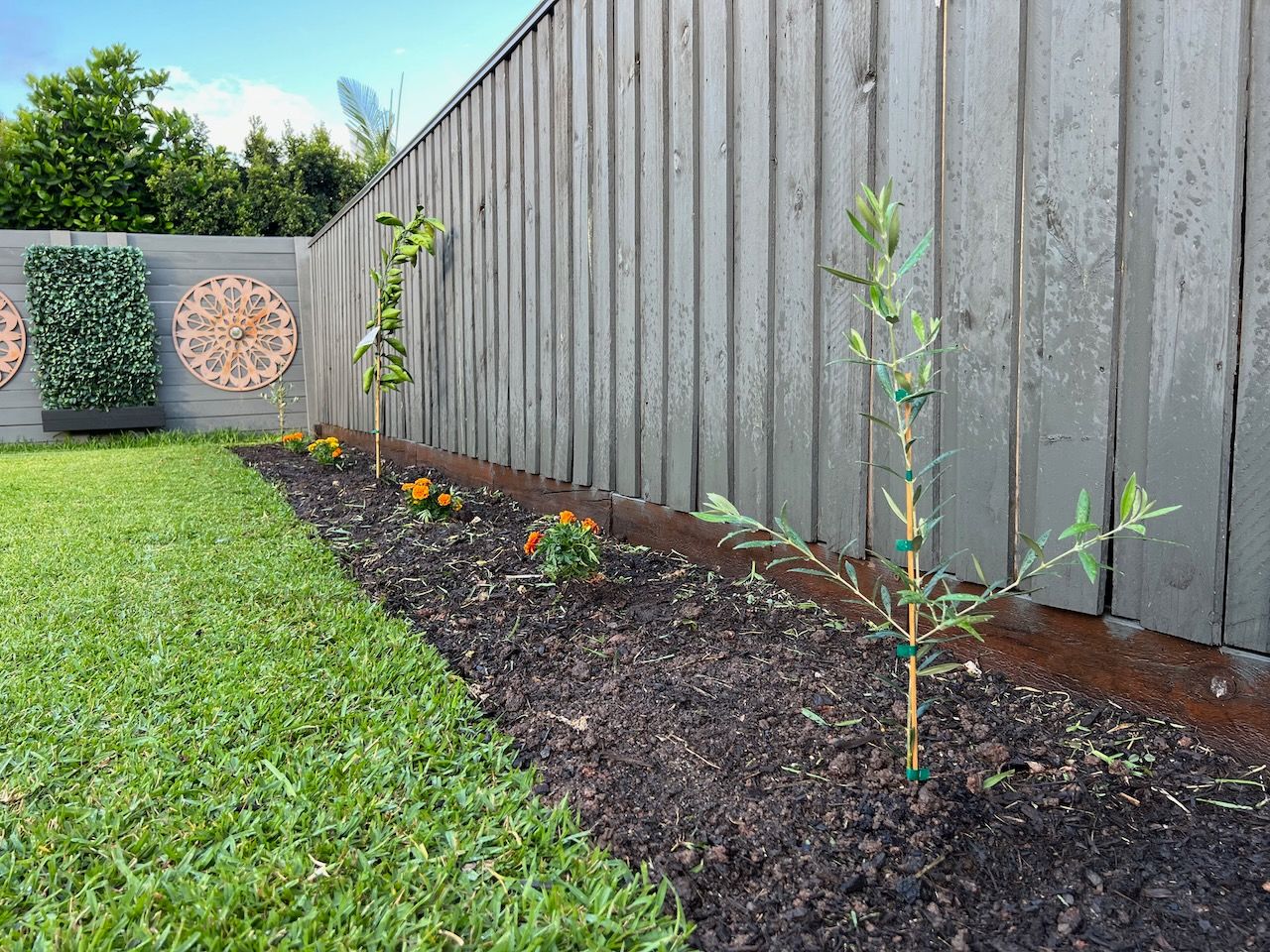
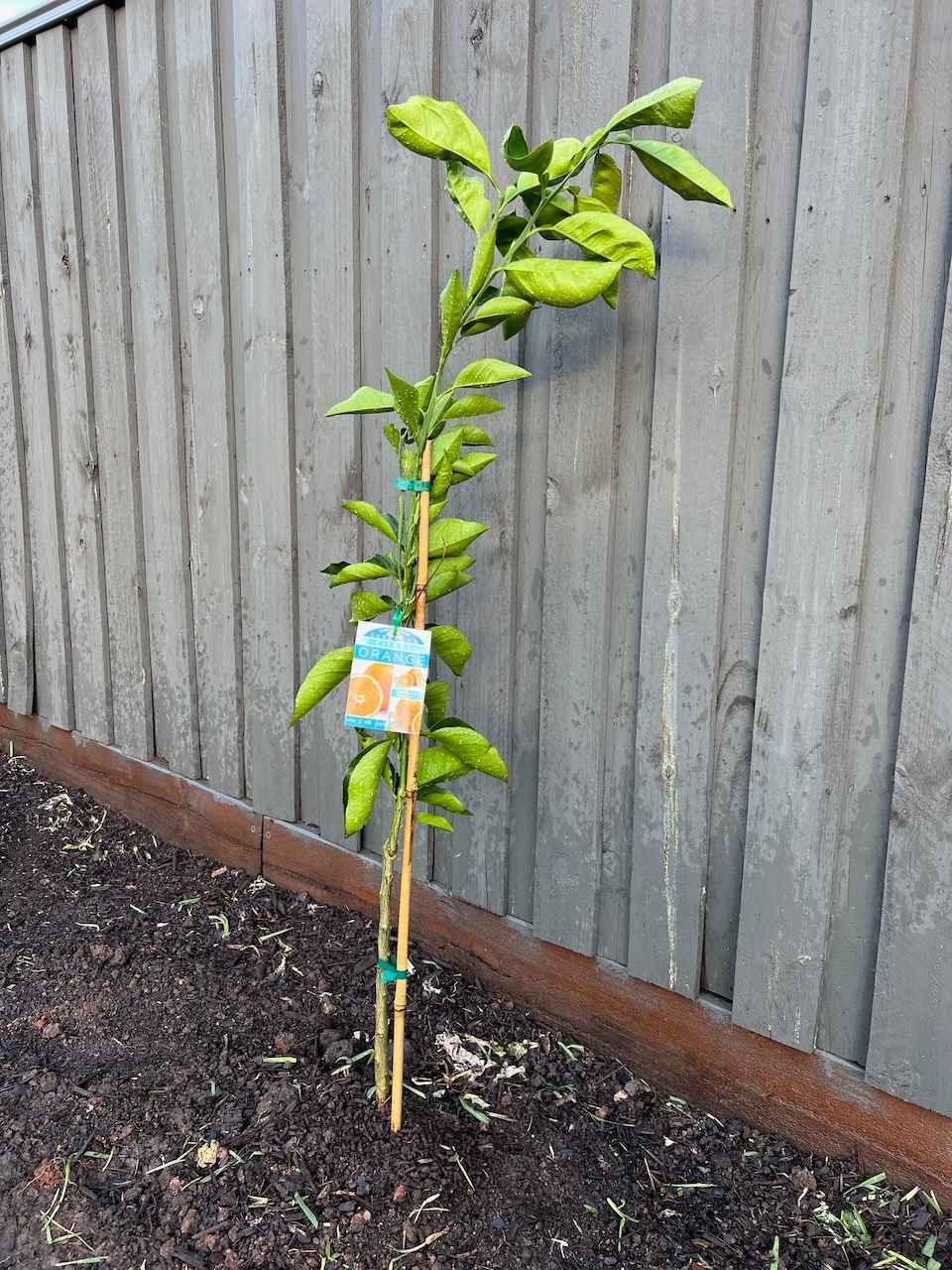
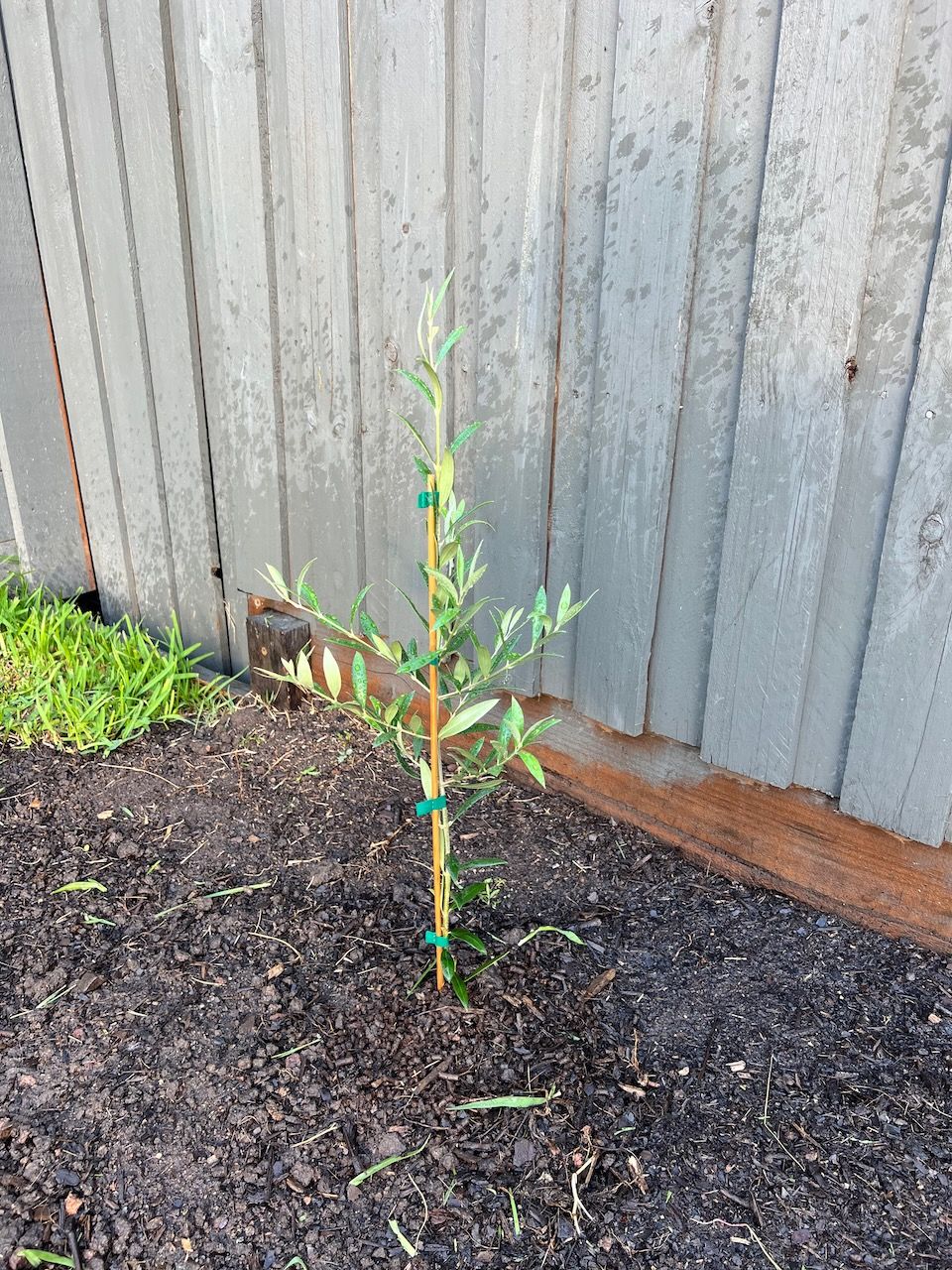
Olivia has already nearly outgrown her second support pole!
The middle child is a dwarf orange tree.
Dwarf because space is limited.
Why an orange tree?
Because I like orange juice.
What a dream!
Orange juice and olive oil straight from the backyard!
And how could I forget the marigolds dotted around? It turns out the bees enjoy the eye candy as much as I do.
As for the planter boxes, the timing!
Oh the timing!
Let me tell you about the timing…
I hadn’t been out to the farm in a number of months.
And had been procrastinating about what to plant as my first crop (first times are always important).
Potatoes? Garlic? Lettuce? Cabbage? Onions? Carrots? Radish?
Note: I live in Brisbane, Australia. So everything I plant will be inline with the climate here. A warm subtropical setup. I've worked out my backyard gets the sun from 830-9am til late in the Winter and 630-7am til late in the Summer.
The staples.
Where should I get the seeds from? I thought.
I wanted the good stuff, organic, good heritage, etc.
I put off the decision til the weekend.
Friday came and Phil, one of the owners of Loop Growers, text me saying they were planting garlic the next day and I if wanted to join.
Eureka!
As a natural social creature I had plans on Saturday but moved things around to accommodate the new opportunity.
Of course I wanted to plant garlic but I also wanted to quiz my oracles about what to plant in my blank slate garden.
Phil gave me some garlic and Alice (another own of Loop) set me up with a carton of seedlings.
Loop had just started a seed subscription.
A fantastic practice where a collection of seeds/seedlings are available to pickup every month so you can practice what it’s like planting and harvesting your own crops in a continuous cycle.
Just like at the farm!
I couldn’t wipe the smirk off my face!
The timing!
I’ll leave the planting til this weekend I thought.
And then it happened for me!
It all works out…
Hoot Hoo!
I left the farm after collecting mulch and preparing rows and swimming in the creek and sharing lunch with the crew with a box of garlic bulbs and a carton of newborn seedlings ready to plant.
Sunday’s sunset played in the background while garlic and a collection of potatoes went in one box.
And fennel, chard, lettuce, flowers, lemongrass and something else I forget went in the other.
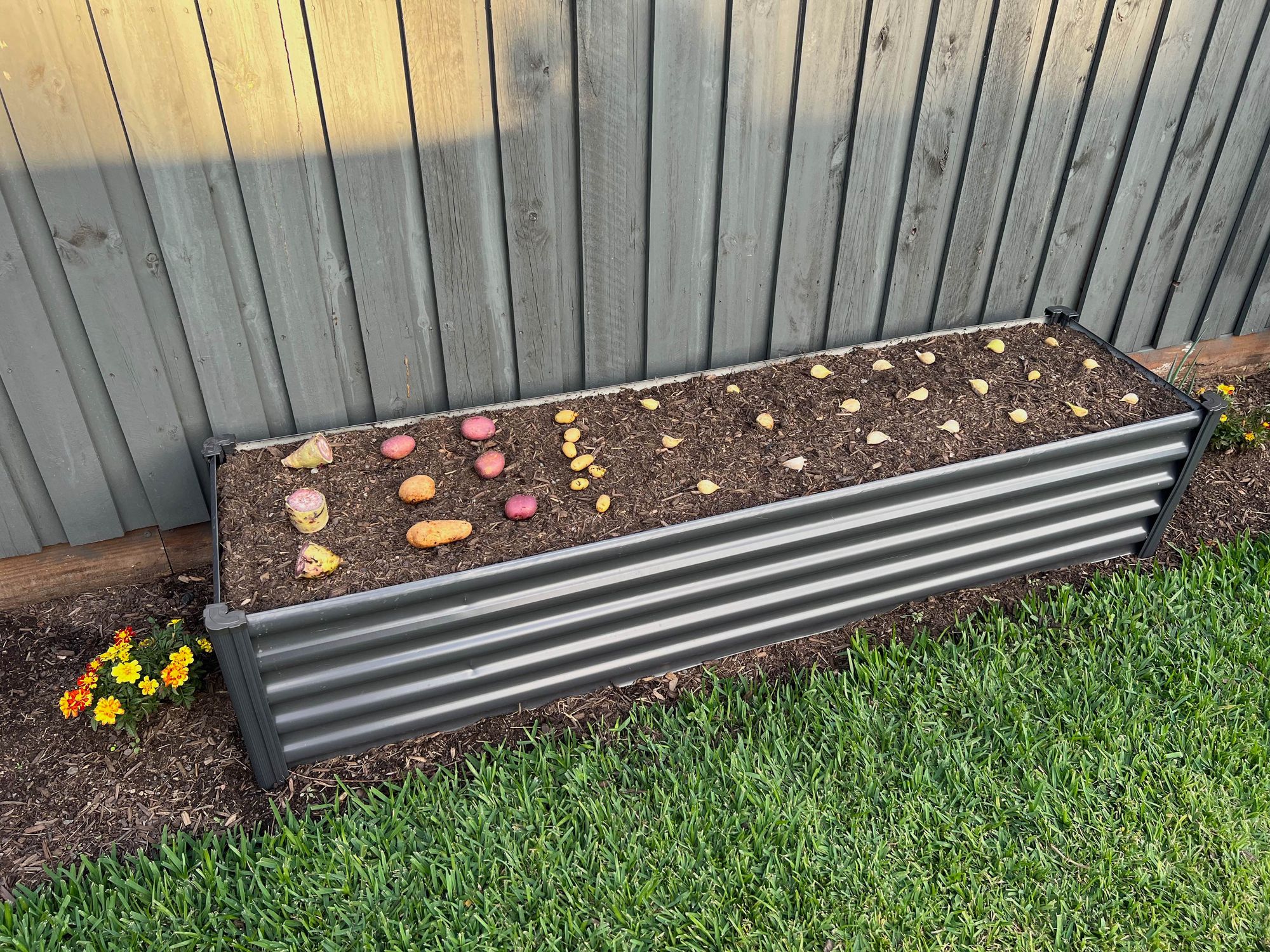
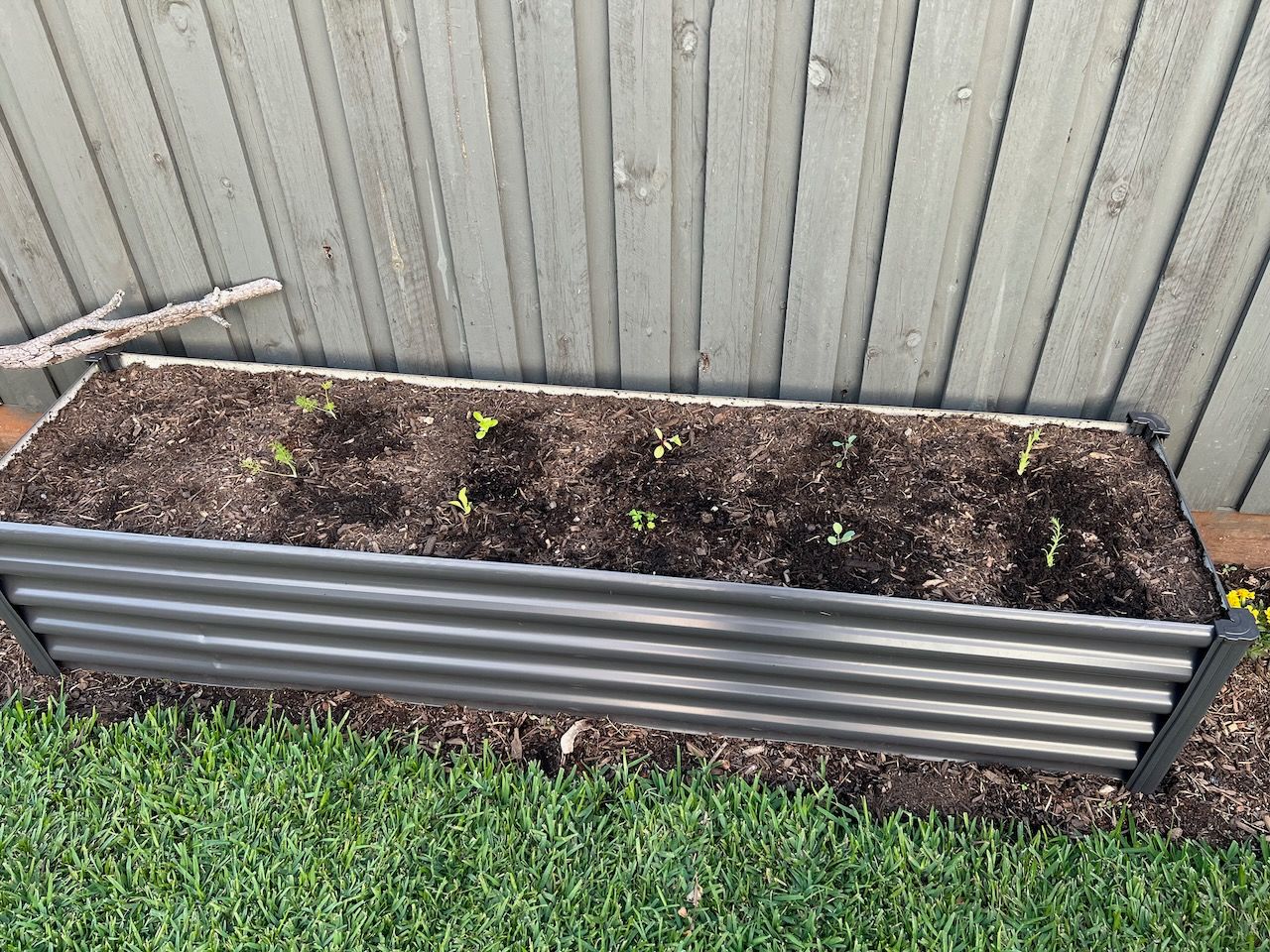
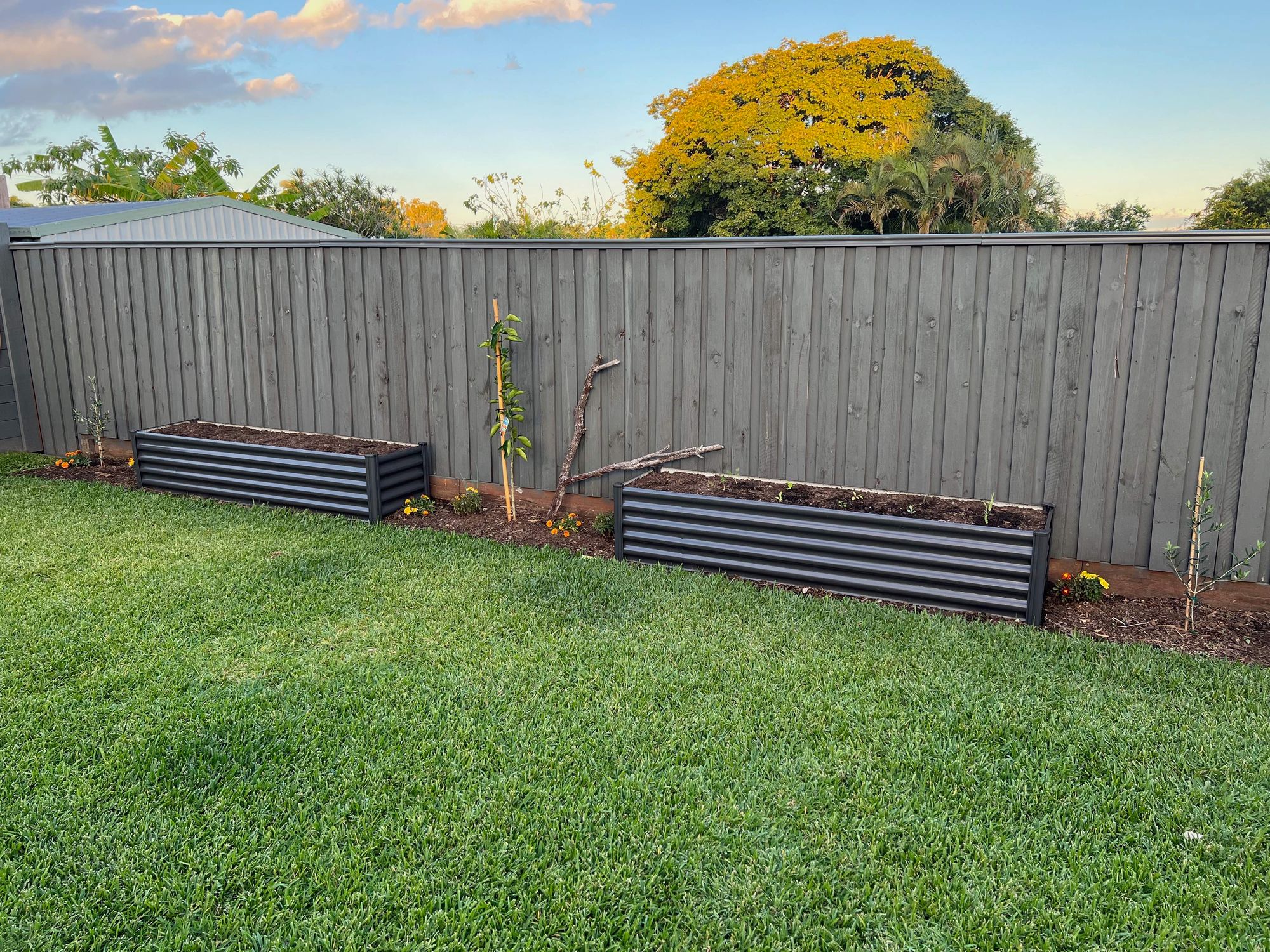
I’m in love.
I'm sitting here writing these words with the sun on my face and the garden behind me.
First harvesting
This is the part of the story where I don’t know what’s going to happen next.
We’ll just have to let the sun, water, wind and cosmic seedlings dance together and see what happens.
To be continued…
